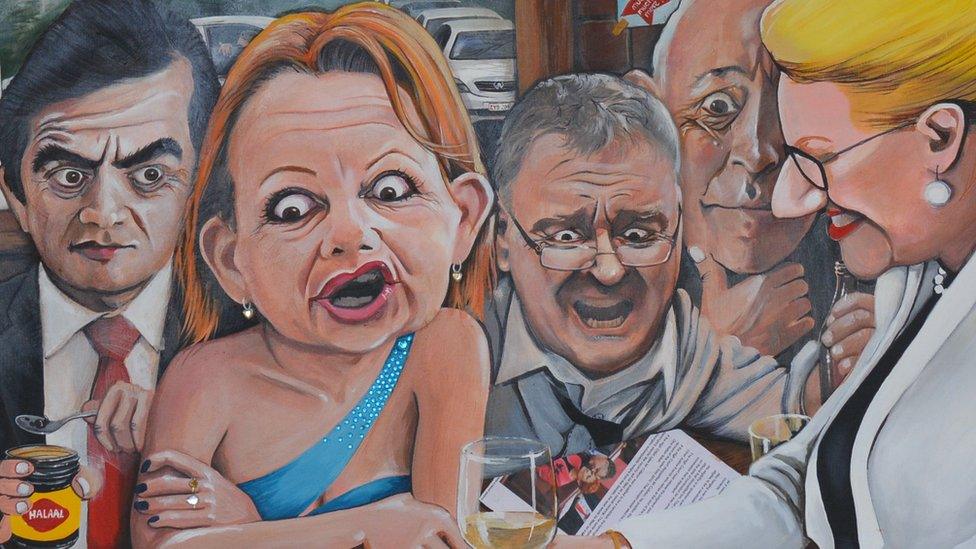Melbourne's anti-attack bollards turned into 'boll-art'
- Published
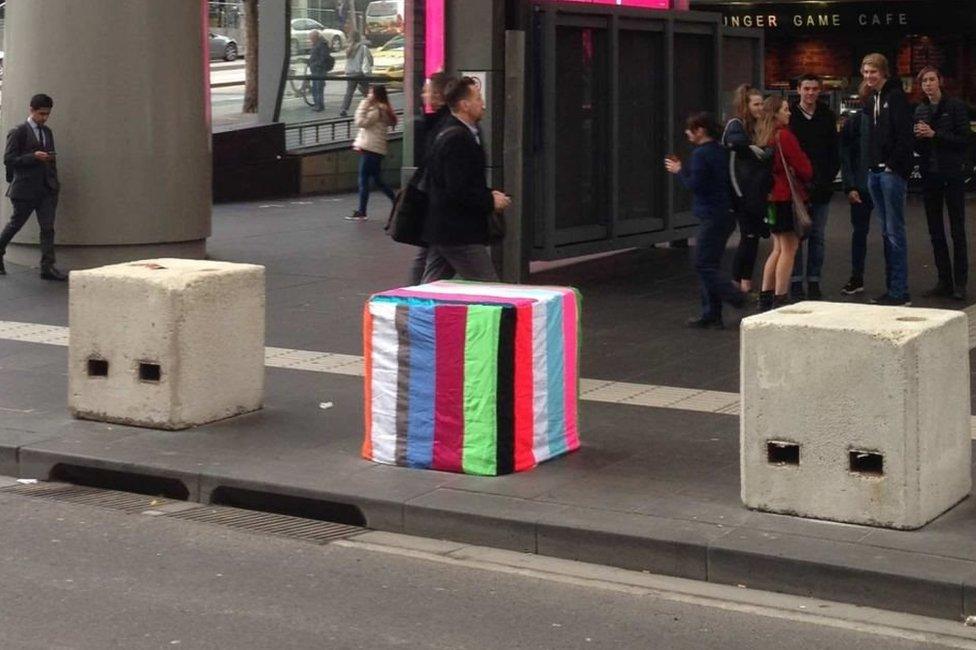
Bollards or concrete blocks were recently installed in locations across Melbourne
When authorities in Melbourne installed concrete blocks hoping to prevent vehicle-based attacks, some observers noted they looked a bit dull.
So locals in the Australian city began adding colour, covering the bollards with bright fabrics and paint.
The effort, given the name "boll-art" on social media, even appears to have won over authorities.
"It's really just a response to these massive concrete blocks," one bollard decorator, David Gray, told the BBC.
"Melbourne is very drab right now and I have heard a lot of people say, 'that just made me smile'."
The grey barricades have been appearing in more and more locations around Melbourne.
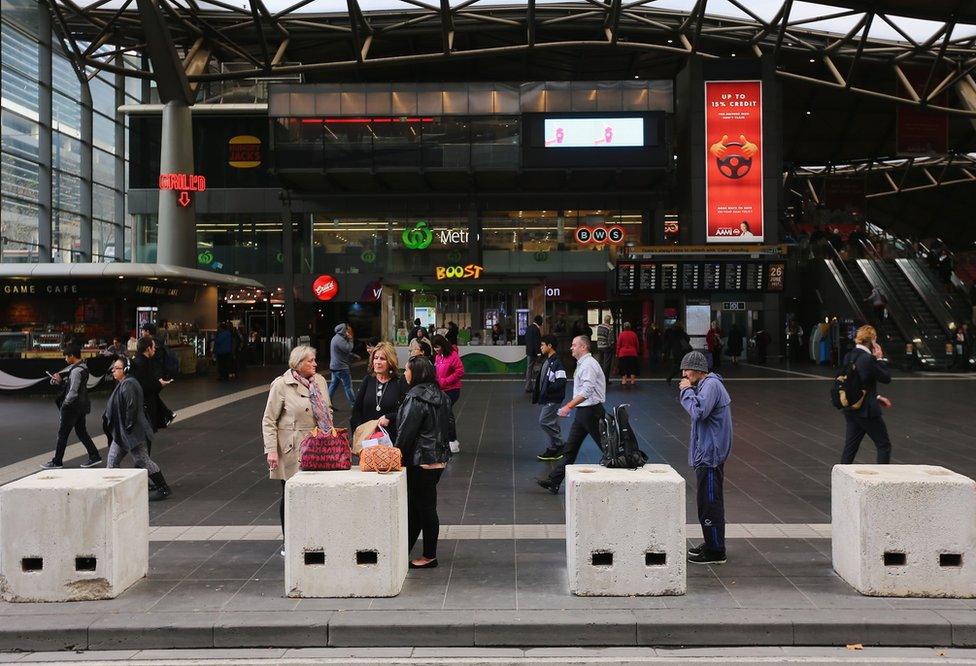
One of the barrier locations - Melbourne's busy Southern Cross station
The security measures were approved after six people died when a man drove a car into pedestrians in Bourke St in the city centre in January.
Last month, after the London Bridge attack, Victorian Premier Daniel Andrews said there was "no time to be wasted" in installing the bollards.
"We were not going to wait around for six months or 12 months while plant boxes are built so they look better," he said.
"The threat of terror, the threat of hostile vehicle attacks, the threats to public safety are all too real."
Mr Gray, who describes himself as a "lapsed artist", said he was not making light of any tragedies.
"I have consciously not gone to Bourke St because I believe that is a sacred site - even six months on, it is too raw," he said.
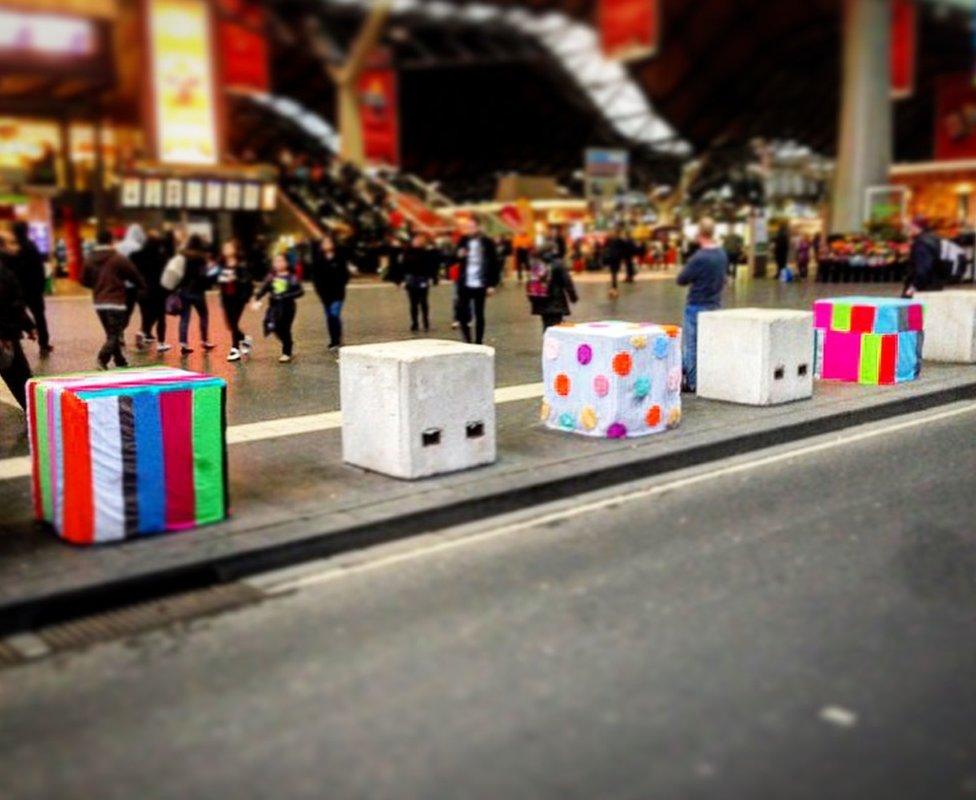
Mr Gray says people have enjoyed the colourful additions
Rather, he said he had been motivated by passersby complaining about the bollards' appearance, and concern they could turn into advertising space.
Using his mother's sewing machine, the 54-year-old stitched together colourful patterns and placed them outside Southern Cross railway station.

You might also be interested in:

Some of the art has been removed, but the City of Melbourne tweeted: "We're not removing art from the bollards".
On Tuesday, Mr Andrews described the artwork as "great". Melbourne Lord Mayor Robert Doyle tweeted that it was an example of when "good things happen".
The barriers will ultimately be replaced by permanent bollards, but authorities have not said when that will happen.
- Published29 June 2017
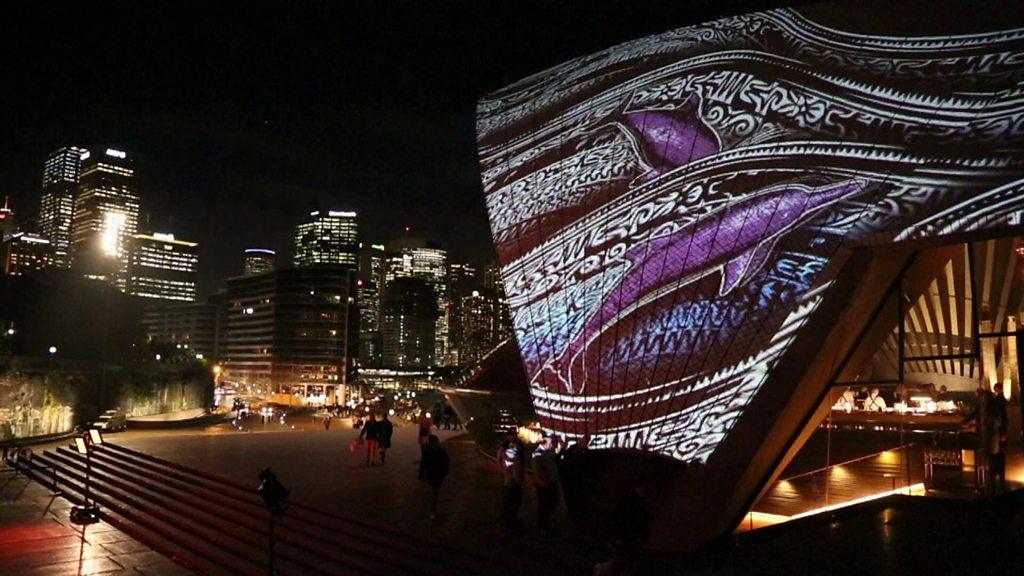
- Published11 April 2017
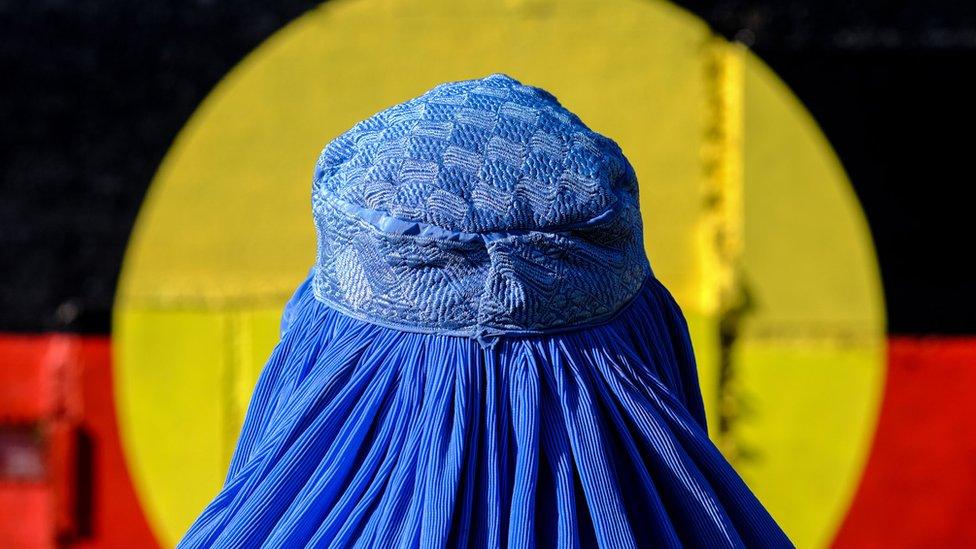
- Published17 February 2017
